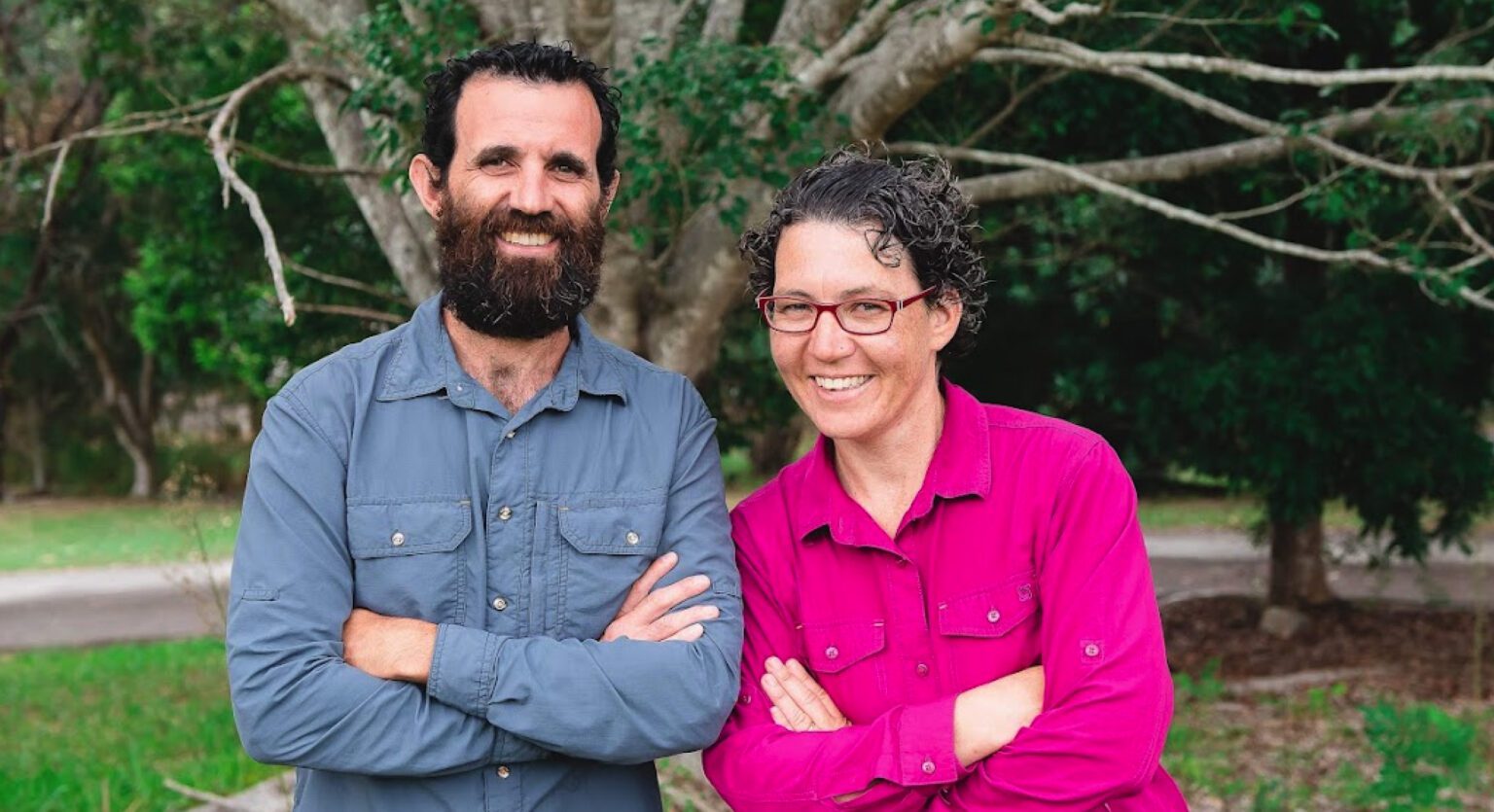A good location can make or break a business. However, finding the right premises can be tough. A commercial buyers’ agent shares his top tips to ensure your small business ends up on the right side of the street.
Chris Curtis, managing director of property advisor and buyers’ agents Curtis Associates, has over 30 years’ property experience, and since 2007 has been exclusively working with business buyers to identify the best properties for their needs.
Here’s his insights to help you find the very best premises for your business:
Find your competition
While instinct may have you seeking out a location with no competition nearby, there’s a lot to be said for strength in numbers and going where your prospective customers already are.
“How many other people are there like you whose footfall you could leverage?” asks Curtis.
“There are certain things you can’t get enough of, and you create a hub. It’s the same sort of hub situation that happens with restaurants and bars, furniture shops and kitchen refitters. They huddle in groups. It’s the shopping centre mentality.”
Choose your neighbours wisely
It may sound obvious, but the businesses that surround you will have a significant impact on how successful your business is.
“Obviously, no-one wants to be surrounded by vacant stores, so choose an area that is primarily occupied,” says Curtis.
“Then look into how well-established those businesses are. How long have they been there? What are their leases? You ideally want to be in a location with a well-established scene.
“Then, assess what type of businesses they are. Are they businesses that will attract the clientele you want to the area? Are they going to be subject to regulatory change in the coming years that could affect their business?”
Road exposure and parking
High volumes of traffic aren’t necessarily desirable, but you do need to find premises that will be exposed to some level of traffic.
“You need cars to expose your business for the feet to come,” says Curtis. “Will people notice your business as they drive by? Will they stop near it?”
The ability to park nearby is also critical.
“Can you park outside? What is the attitude of the council? What are the regulators doing?” asks Curtis. “There could be plans to put a bus lane in, which immediately removes parking and reduces visibility from the road.”
Do your research
As well as researching an area’s current residents and the local authority’s plans, also investigate proposed developments in the area.
“Find out what’s planned and assess if it will add to or detract from the location,” says Curtis. “For example, a development application to take out 10 established shops and replace them with a massive vacant area might leave you bereft of strength in numbers, peddling your wares alone.”
Head for the corner
If your business needs exposure, a corner spot is ideal.
“You can’t do better than a corner position, as you get two lots of exposure,” says Curtis. “Just be mindful that you’ll pay a premium – but for businesses reliant on exposure it can be worth it.”
Beware of the ‘bullnose’
Believe it or not, but the principles of feng shui are hugely influential in commercial property as well as interior design. If the energy flow’s not right, your business may suffer.
“Beware of the bullnose site,” says Curtis. “It’s the site on a peninsula, which invariably has a road running either side – the Flat Iron building in New York is a great example. Energy flows away down both sides, and to get to it you’ve got to risk your life crossing roads.”
Understand the desire lines
By our very nature, humans can be unpredictable. The paths we travel are often based on a subliminal thought process, and are often different from the path you would logically expect someone to take.
These are called desire lines, and it’s important to consider them when choosing a location for your business.
“If you visited London many years ago, you would have seen a great number of people crammed on a tiny, lethal pedestrian island to get to a certain point in Trafalgar Square,” says Curtis.
The issue was, regardless of the paths and crossings in place, people took a route that wasn’t one the town planners envisaged.
“Once London deferred to the desire lines,” says Curtis, “Footfall and revenue boomed.”
So, wherever you plan to open your business, spend time – hours, days – observing the natural way people flow through the area. Understanding the desire lines in your locality could make all the difference.
And stay on the right side of the street
It could be a great street, in a great location, with great neighbours. But if the desire line takes people away from the premises, it’s going to be challenging to get them back.
“It could be that side of the street is in shadow, it’s colder or it catches the wind,” says Curtis. “Those tactile, sensory things subconsciously drive people’s behaviour, so just because a premise is on a popular street, doesn’t mean people will automatically walk past.”
Ensure people can get to you with ease
Any property you base your small business in must be easy to access for the people you want to attract. “Are there stairs that footfall has to contend with?” asks Curtis. “And if so, what’s the disabled access?
“How proximate is it to your front door? Because if people have to go through a rigmarole and still then be 15 metres from your entry, they will likely tire of it.”
Keep it at a manageable size
While size is appealing, too much space can be a real curse. You have to invest more in fixtures and fittings, and the vibe can be affected if people are too spread out. So, if in doubt, go smaller.
“Be careful if the premises are too big,” says Curtis. “Understand your demographics, captive audience and product. If you’ve got a good product and good service, your business will thrive regardless.”
Want more tips to help your business thrive? Sign up to the Prospa Blog email.








